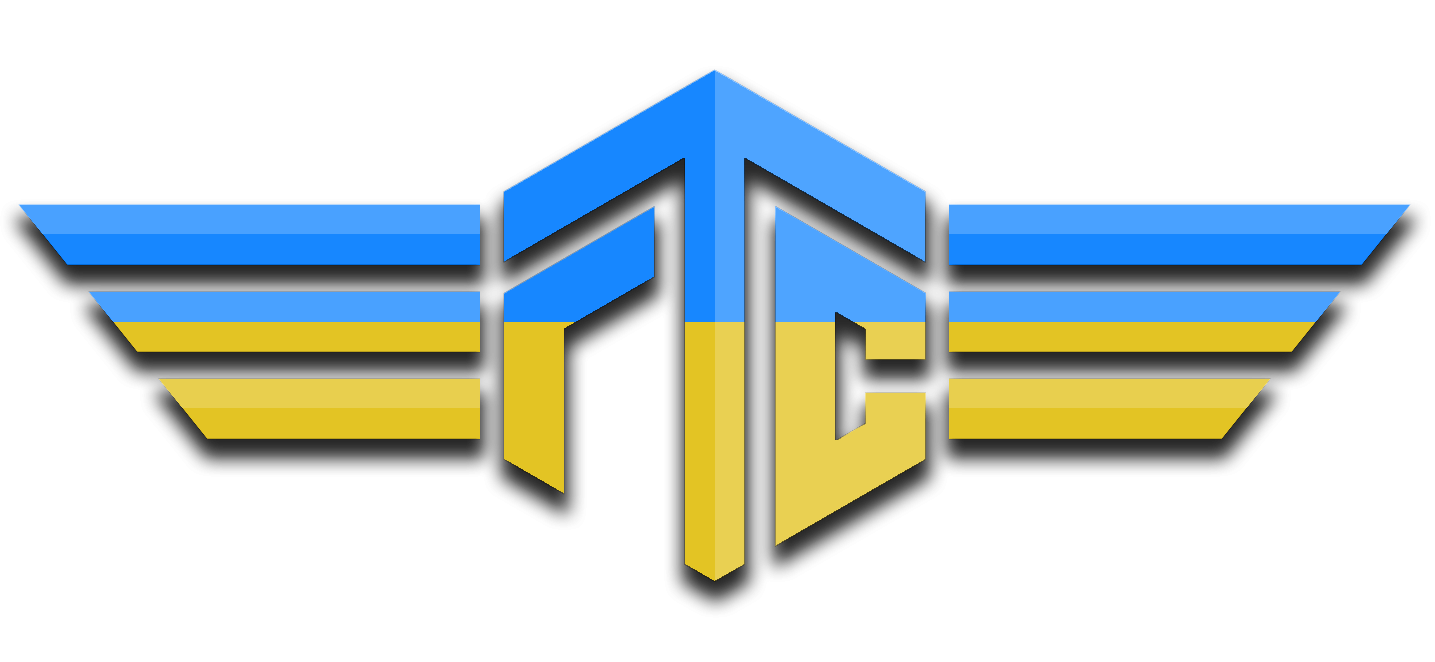Famous quote wrongly attributed to Bismarck says: “Laws are like sausages. It’s better not to see them being made.” Same probably applies to our campaign missions. Everybody likes to enjoy a good mission on Sunday but not many know the actual process behind the scenes.
Currently the campaign and then singular missions go through rough four main stage: (i) conceptual campaign design, (ii) high level mission taskings, (ii) detailed mission planning and (iv) mission building.
Phase I – conceptual campaign design: First step covers campaign planning in a broader sense and cover strategic topics which can be roughly summarized as answering the question “what campaign should we be doing next?”. I plan to write separately about ins & outs of this phase, but for now let’s focus on what this phase produces, i.e. general “setting”: geographical area and time period for the campaign, selection of units for two opposing sides, aircraft types with available load-outs and modifications, base airfields and rough understanding that the historical actions (both ground and air) and available information are sufficiently “deep” to deliver 12+ missions for a campaign. Anything below usually would not justify the amount of overhead to do needed research, go through planning of the setting, make skins, build maps etc. Ideally the setting can be expanded further to 18-24 missions which probably then strikes a good balance between invested resources, overall fun for everybody involved and need to move to something else after an appropriate period of time.
Phase II – high level mission taskings: After phase one the setting needs to be translated into concrete missions which are usually organized into a six mission phases. Depending on historical setting this might be shorter and longer, but it seems to be a good balance duration for an “Act” of a campaign allowing for a narrative arc without overstretching campaign team resources and audience’s attention span. Usually after 6 missions we get to enjoy 2-3 weeks of break, which is very often badly needed to catch-up with preparation for a subsequent “Act” or completely new campaign. During this step the setting is translated into concrete set of action items for each mission. Basically each mission gets a mini script consisting of: time & date, weather, outline of general development on the ground & air, any relevant ancillary information and list of potential taskings for each unit represented in the campaign. Example of such write-up for one mission you can see below:

Plotting a whole phase / Act together allows to align the overall storyline development and unit taskings to ensure a coherent campaign and limited repetition of task / objectives / slots.
Phase III – detailed mission planning: After the broad outline of each mission is prepared the next step is focusing on detailed plan of one specific mission. Given the number of units the usually duration of the mission is 3 hours, so units’ taskings need to be spread over time. Currently this is being done with a set of planning slides with some pre-defined templates roughly split into following areas: unit times plan, map of location of taskings, list of required ground targets, required AI flights (if any), ground positions and effects, weather and other ancillary items (e.g. position and coverage of a radar site). This is actually a quit challenging task as in this stage historical facts and one sentence taskings for each unit need to be translated into a coherent overall mission. Very often these detailed plans experience multiple overhauls until the overall “mixture” works. Below pages provide some examples. Main purpose is not to only to create a detailed guide for actual mission build in the editor but check through detailed planning if the overall idea makes sense, if units can and will be mixed in a meaningful way and always balancing the server capacity and performance limitations.



Phase IV – mission building: Armed with a detailed mission plan the actually building of the mission in the editor can commence. Usually the work starts from the previous mission where that mission-specific AI flights and ground targets are removed and corresponding adjustments are applied, e.g. movement of the frontline, leaving destruction effects from previous mission, weather, any changes to spawns and airfield locations, aircraft load-outs and mods, implementation of new ground targets and AI flights (if any). This step is not only important because it actually creates the final product which can be used but because it is the ultimate test if the ideas which initially were developed during Phase I of this process can be implemented. In addition to building the elements into the editor a big chunk of work is required to actually test the mission and ensure proper performance of all elements. Do the effects show as intended (floating assets and smokes, smoke in wrong direction, objects blocking airstrips etc.)? Are the target properly positions and have adequate protection? Do AI flights and other triggered events work properly? How is the overall map performance? This is the screen on which mission builders spend a lot of time:

While the mission is being build the written briefings for both sides are being prepared. These take into account the final updates and details from mission building to ensure that all targets and taskings match to the actual mission file.
At the end of the process we have a fun event on Sunday where 80+ pilots enjoy a detailed historical mission for 3 hours. Most of the time it is totally worth it.


